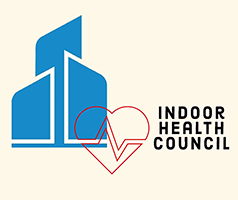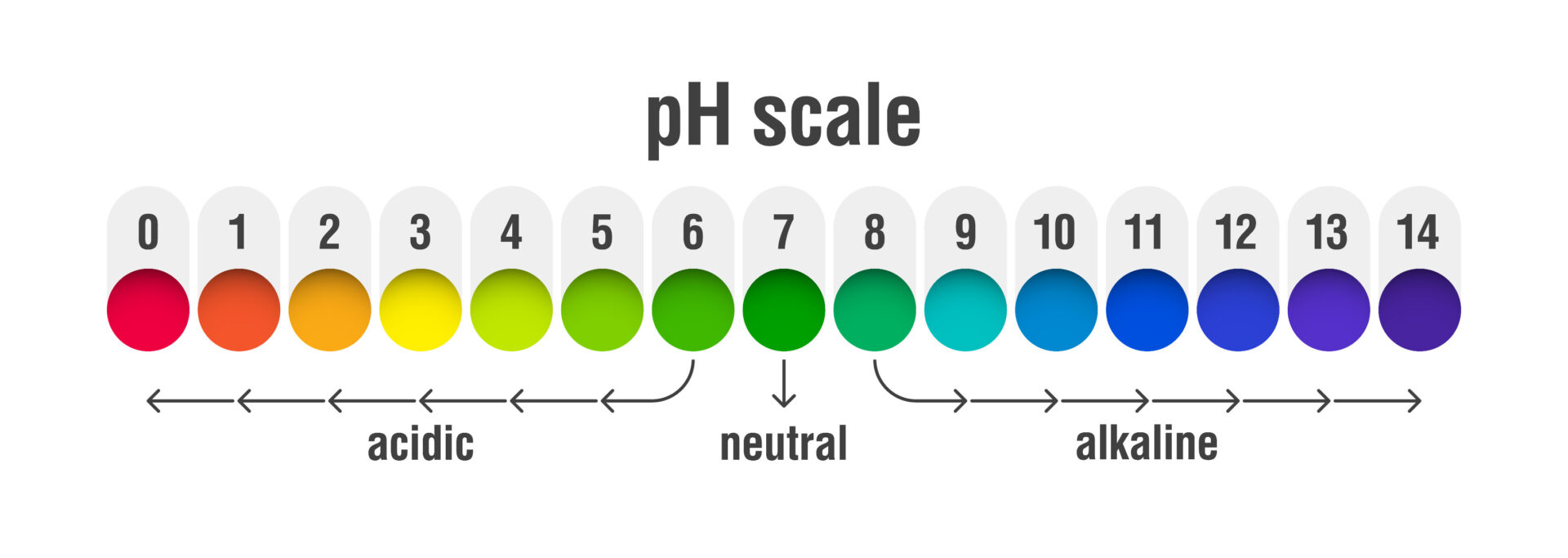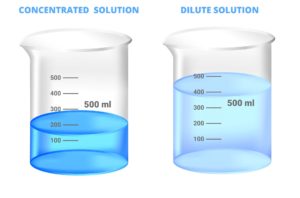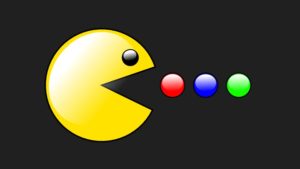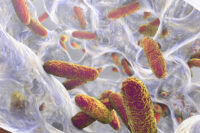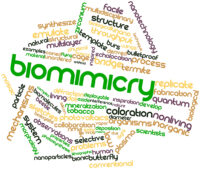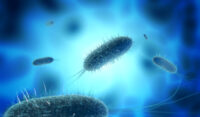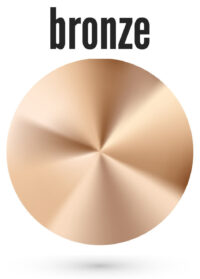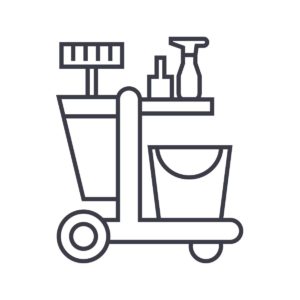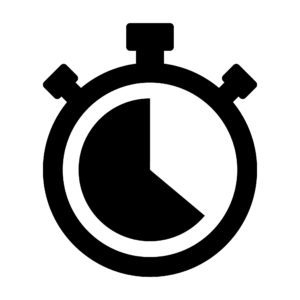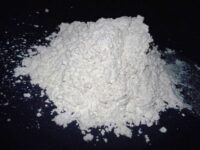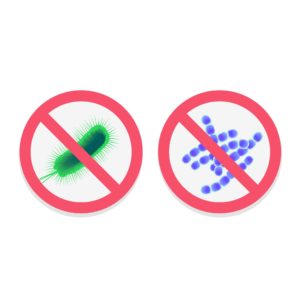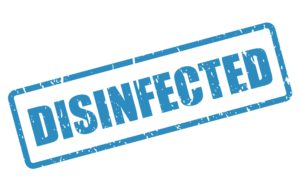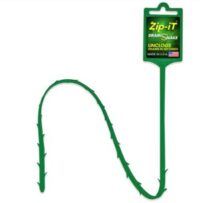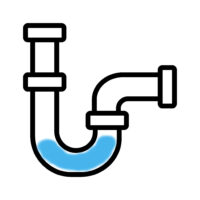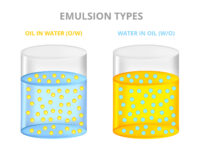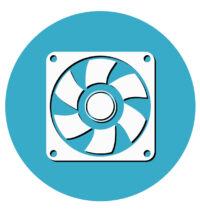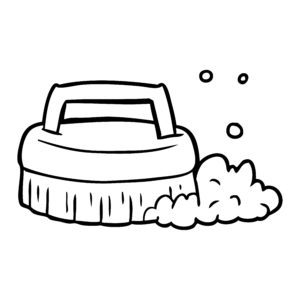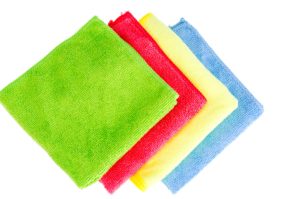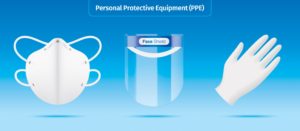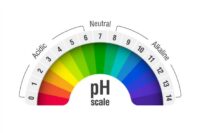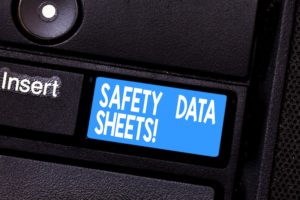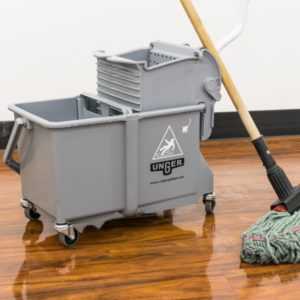GLOSSARY
Abrasive cleaning products contain fine gritty particles or other materials that enable better cleaning. Abrasive elements are found in toothpastes, cleansers, and scrubbing pads. Generally-speaking, the mildest abrasive that will do the job is the best one. Moistened baking soda paste is one example of an abrasive cleanser with low impact to surfaces (test first). Scrub pads are color-coded by level of abrasiveness; light colored pads are the gentlest, whereas dark colors are more aggressive.
ATP — Adenosine triphosphate
CDC — Centers for Disease Control and Prevention
C. diff — Clostridium difficile
HAI — Healthcare-associated infection
HEPA — High-Efficiency Particulate Air
MRSA — Methicillin-resistant staphylococcus aureus
PPE — Personal protective equipment
SOP — Standard operating procedure
SDS — Safety data sheet
Acids have lower pH (see graphic) and are effective at removing alkaline deposits such as minerals, versus alkaline cleaners like detergents that are effective at removing acidic soil such as grease or oils that contain fatty acids.
Alkaline or base substances fall on the opposite end of the pH spectrum, and therefore help neutralize acids, including the fatty acids in grease and oils, thus helping to remove greasy or oily residue. Examples include sodium hydroxide (lye or caustic soda), trisodium phosphate (TSP), and alkaline detergents.
Artificial intelligence, or AI, is the ability of machines or non-living things to do tasks that normally require human intelligence, such as solving problems, communicating, interacting, and making decisions.
“Biomimicry is about valuing nature for what we can learn, not what we can extract, harvest, or domesticate. In the process, we learn about ourselves, our purpose, and our connection to each other and our home on Earth” – Biomimicry Institute
Bioremediation is the use of microbes to clean up contamination. It stimulates the growth of certain microbes that use contaminants as a source of food and energy. (EPA)
Sometimes we treat drain odor by pouring chemicals down the drain, but a better, healthier solution is to add water to the P-Trap to block odors from traveling up the pipe and into the restroom. Just pour a gallon of water down the drain.
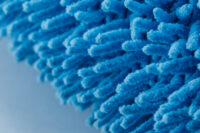
A tool for removing dust from a surface. A dampened microfiber cloth makes a good duster as it has enormous entrapment area to hold onto fine particles.
Combining two liquids that normally do not mix well into a colloidal suspension. Oily soils are broken down through emulsification using surfactants then removed with the cleaning solution.
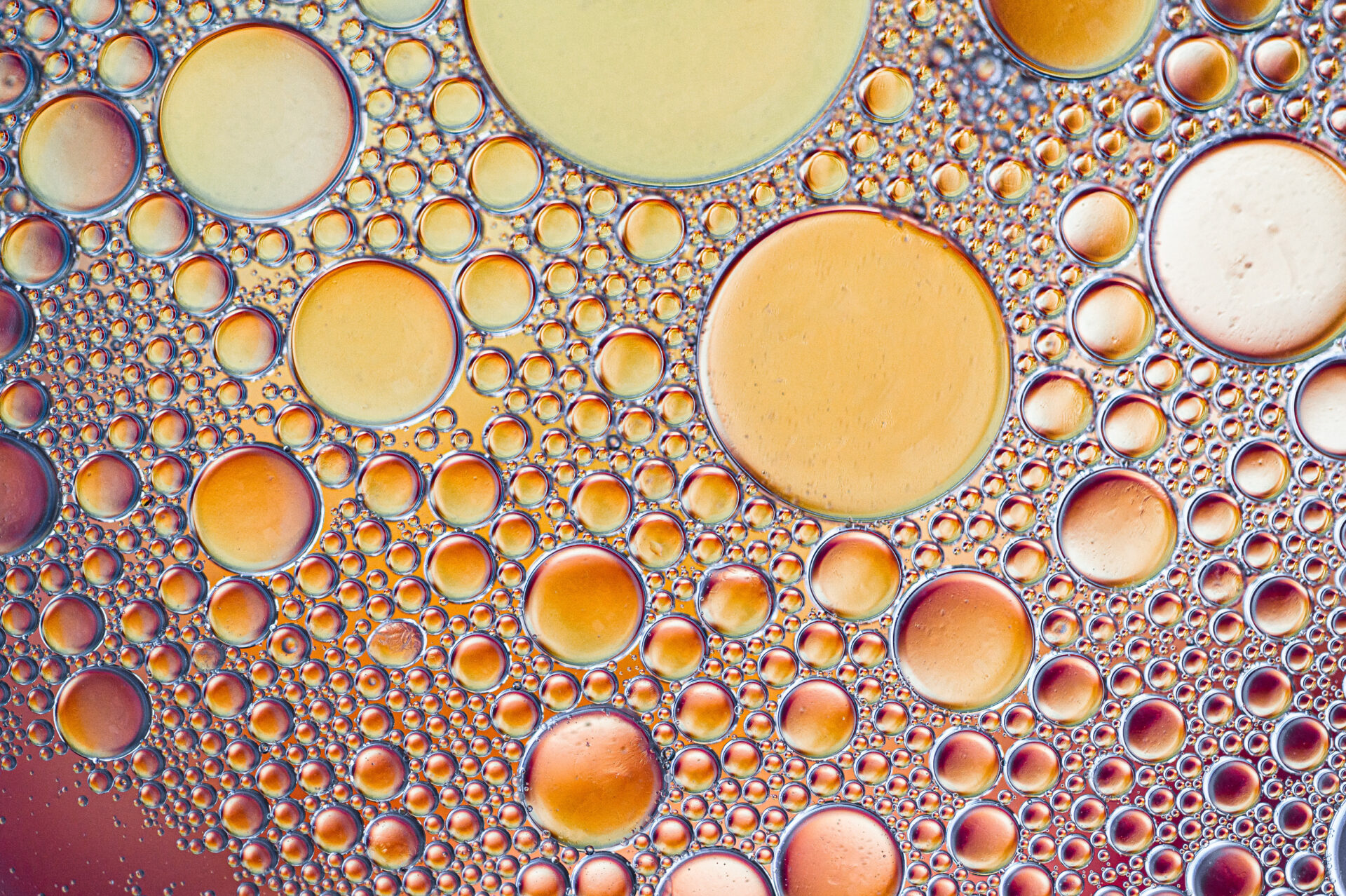
An emulsion is a mixture of two liquids that do not normally mix (e.g., oil and water) through surface-acting agents (aka, surfactants); e.g., a surfactant in detergent breaks down and emulsifies oil, suspending it as tiny droplets in solution for removal.
Given their role in indoor health, it is important to keep pre-filters and fan blades clean to lessen motor wear and maintain performance.
Be sure to turn the system off before cleaning.
Schedule cleaning metal pre-filters and fans based on usage and soil buildup.
Most commercial kitchen pre-filters are removable and can be soaked in a hot detergent solution.
Some fan blades can be removed for cleaning and some require cleaning in place. If yours are the latter type, wipe the blades first with a damp microfiber towel moistened with a hot detergent solution; then, if needed, shield the motor and spray the blades with the solution, wipe dry, then run the fans for final drying.
According to Dr. Carol Dweck, the growth mindset is the idea that people can improve their abilities through hard work, learning, and perseverance. This mindset encourages a passion for learning, a resilience in the face of obstacles, and a confidence in the power of effort.
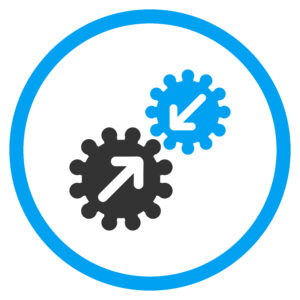
Integrated Cleaning and Measurement (ICM) is an open-source, product-neutral framework in which best practices are defined by scientific measurement of cleaning outcomes and continuous improvement. A recurring theme within ICM is the development of a system with a specific aim, for as Dr. W. Edwards Deming said: “A system is a network of interdependent components that work together to try to accomplish the aim of the system … A system must have an aim. Without an aim, there is no system.” The overarching aim of an ICM system is to clean better. (Source: IEHA)

A style of management that is also people oriented in contrast to one that is oriented solely toward results. In process-oriented management a manager must support and stimulate efforts to improve the way employees do their jobs. Such a style of management calls for a long-term outlook and usually requires behavioral change. (Masaaki Imai)

Aslett, Don. The Cleaning Encyclopedia
(Image: Courtesy of TARGET HYGIENE)
(Image: Courtesy of Unger)
Please suggest new terms for our glossary. Email us. Thank you.
